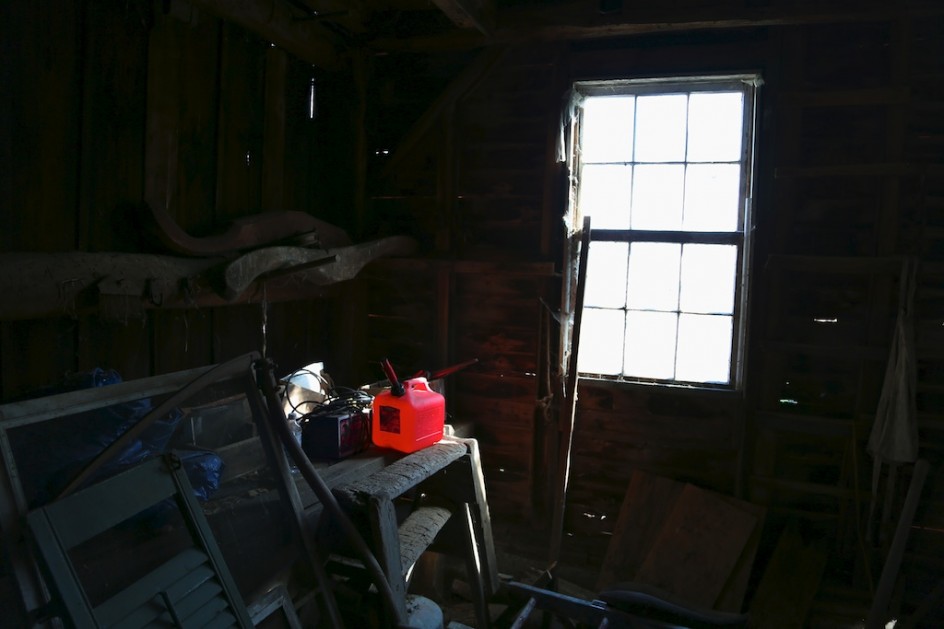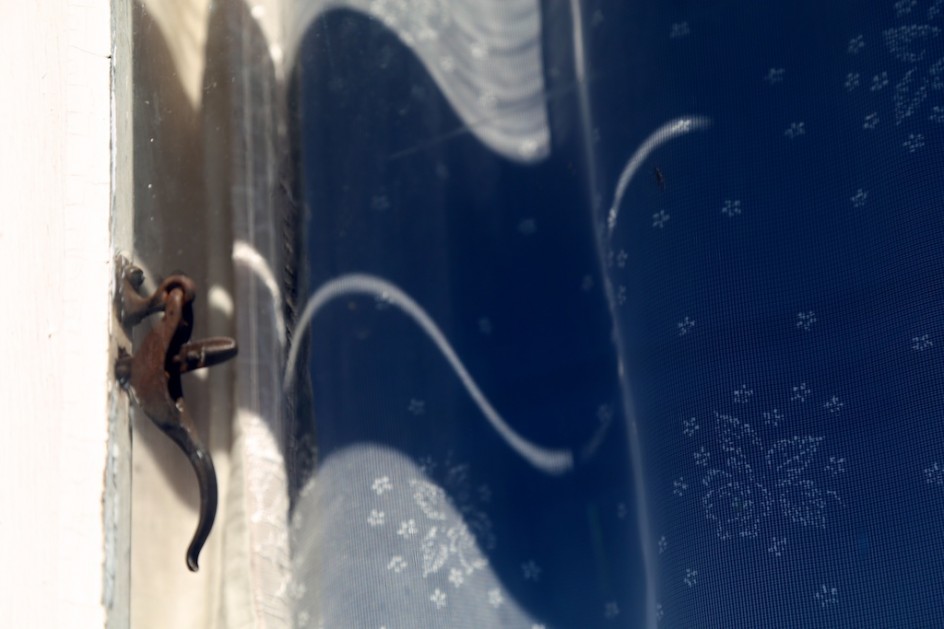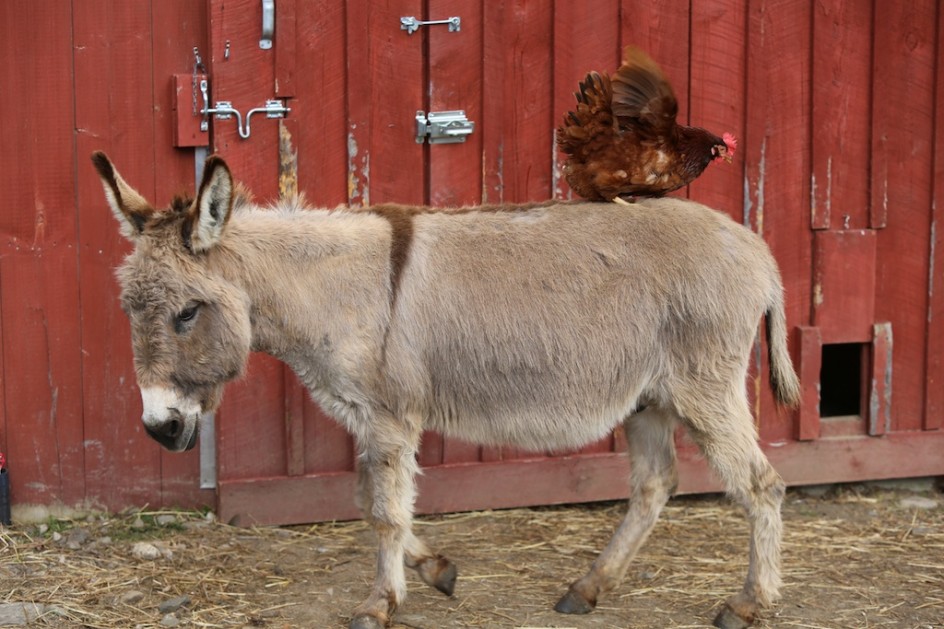
The rural landscape surprises. I love the shapes of this leviathan paper mill in Glens Falls, N.Y.

I hear that this is National Mental Health Awareness Week, and for me, that is like Super Bowl Week is for most men. I’ve always been told two things by people: that I have potential – my father told me that, poor man, almost every day – and that I’m unusual.
Okay. I got to thinking about panic attacks, how often I hear about them, and how little is understood about them. I felt that I ought to share what I have learned about them. Panic attacks befuddle conventional medicine, as MRI’s don’t show them, insurance companies don’t recognize them as illnesses, there are no surgical replacements for the frightened mind, no one really knows what causes them, and there are no easy prescriptions for them, not that that stops many doctors from giving out pills for their treatment. I am no stranger to panic attacks, although I have not had one in about a year. I will not forget them, though.
I had panic attacks all my life, until recently, and my spectacular breakdown on the farm a few years back made them a regular feature of my life. They are awful, even though the term is tossed around lightly, almost as a joke. They are not funny. They are an attack of terrifying, intense and overwhelming fear that is often accompanied by physical symptoms and leave victims exhausted, feeling sick, often convinced they are insane and unable to take care of themselves. I am an avid reader of the great analysts, now out of favor – especially Anna Freud and Dorothy Burlingham, both of whom wrote extensively about panic attacks (Sigmund Freud was one of the first doctors to recognize them – he called them hysterias, and treated them successfully.)
I have always loved Burlingham’s diagnosis of panic attacks. They occur, she found, when people lie to themselves, when they do not see themselves clearly or accurately, or define themselves through other people. When they think they are not capable of caring for themselves and dealing with the world. She wrote beautifully and presciently of the phenomenon we call co-dependency, when we lose ourselves in the lives and dramas of other people, and come to define ourselves through their eyes. Panic attacks often strike people whose egos were shattered in childhood, or in relationships later on. By unthinking parents, controlling partners. We give pieces of ourselves away, and when there feels like there is nothing left, we feel we are too small to live in the world. Since that is a lie, the mind rebels against it, and it triggers panic again and again, especially when it comes to the notion that we cannot take care of ourselves, or live without the control or direction of others.
I completely accept her analysis, surely in my case. I did not think I could go to the bank, find love, make decisions for myself, write books by myself, live in the world. I can. I do. They were a lie.
I worked hard to cut my panic attacks down to size. How?
First, I laughed at them, literally, came to see these feelings as false, ridiculous. I gave my panic attack a name – Herman. I sang to him, jeered at him, made fun of his little penis. I told him to go away, sent him e-mail, made up jokes about him. And I chatted with him when he came around. You hurt, I said, but I am not afraid of you. You will one day go away, be useless.
Secondly, I came to understand that while panic attacks feel very real – boy, do they feel real – they are not. They are simply not accurate. Burlingham was right. They are lies. We feel insane, but we are not. In fact, psychiatrists say that panic attacks are not symptoms of mental illness at all. They are simply anxiety attacks, usually caused by our not knowing who we are.
Then, I began building a new notion of myself. I found a passion – photography in my case – and it led me to see the light and color and beauty of the world. When I got scared, I took a photo. I couldn’t believe how it worked. Some people paint, write poems, garden, hike, rescue dogs, but through this self-direction passion is a great deal of healing. Of rebuilding the shattered ego. It is critical to find a creative spark, and to light it. This is how we tell a new story, and this is how we drain the Herman’s of our mind of power and space.
I stopped telling the lie that I could not find love. And as soon as I stopped telling that lie, I found love. I fell in love with a person who also knew panic attacks, and we told the truth to one another about ourselves – that we are good, we are strong, we can take care of ourselves, we deserve love and dignity. And we laughed at these panic attacks together.
I had a good therapist too, and then a spiritual counselor. There is good help, and it helps. I got the help I needed, as often as I needed it, and that was very often. Day by day, the size, depth and power of these attacks faded, shrank, withered. Herman, I said, the last time I saw him. You are just a little wuss. Get lost. And he did. Do not believe panic attacks. They are a lie.

In a graceful window latch, a lace curtain, are messages, love letters from the past, invocations of mothers, grandmothers, a certain kind of woman, whose loved things are revealing, touching, evocative. A certain kind of sweet sadness.
“Are your fingers long enough to play
Old keys that are but echoes:
Is the silence strong enough
To carry back the music to its source
And back to you again
As though to her?
Yet I would lead my grandmother by the hand
Through much of what she would not understand…”
“My Grandmother’s Love Letters,” by Hart Crane

Every morning, just after dawn, Meg’s Bus arrives just outside of the big barn door, where her coop is. She shakes herself off, stretches, and hops on, steps to the rear, and calls out, “Hay Feeder, please,” and then the bus bumps and rumbles up the hill to the feeder, and Fran hops off, into the feeder, finds some bugs, ticks, worms, seeds, and then usually, she walks back home herself, unless there is a fox around, and then she takes the bus back. Just another day at the office.